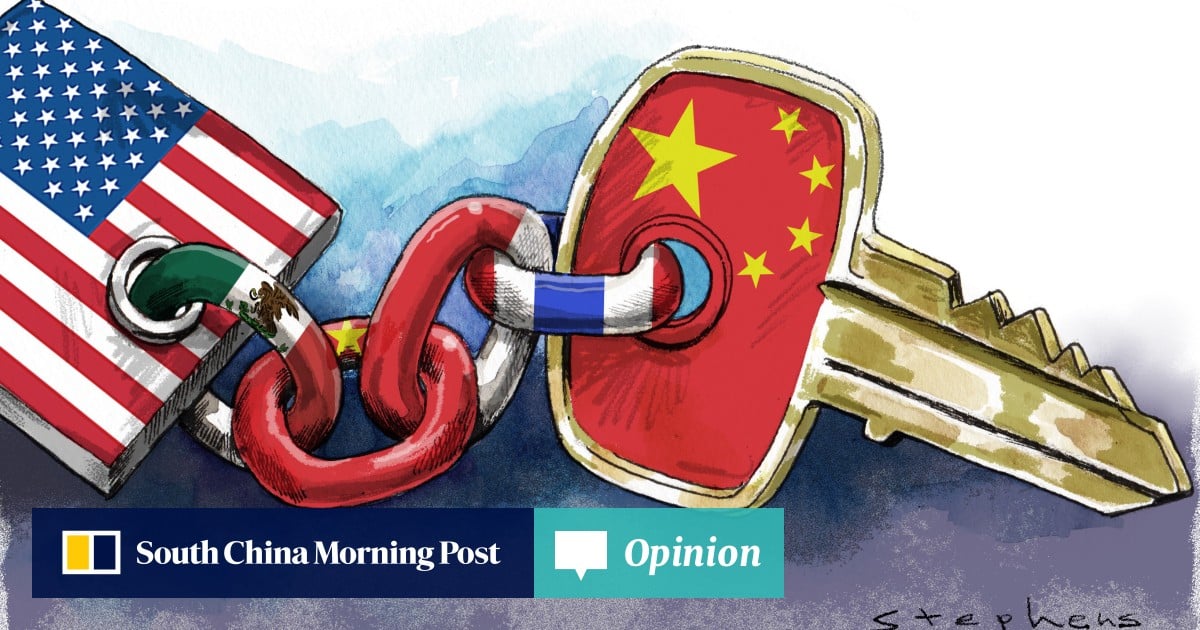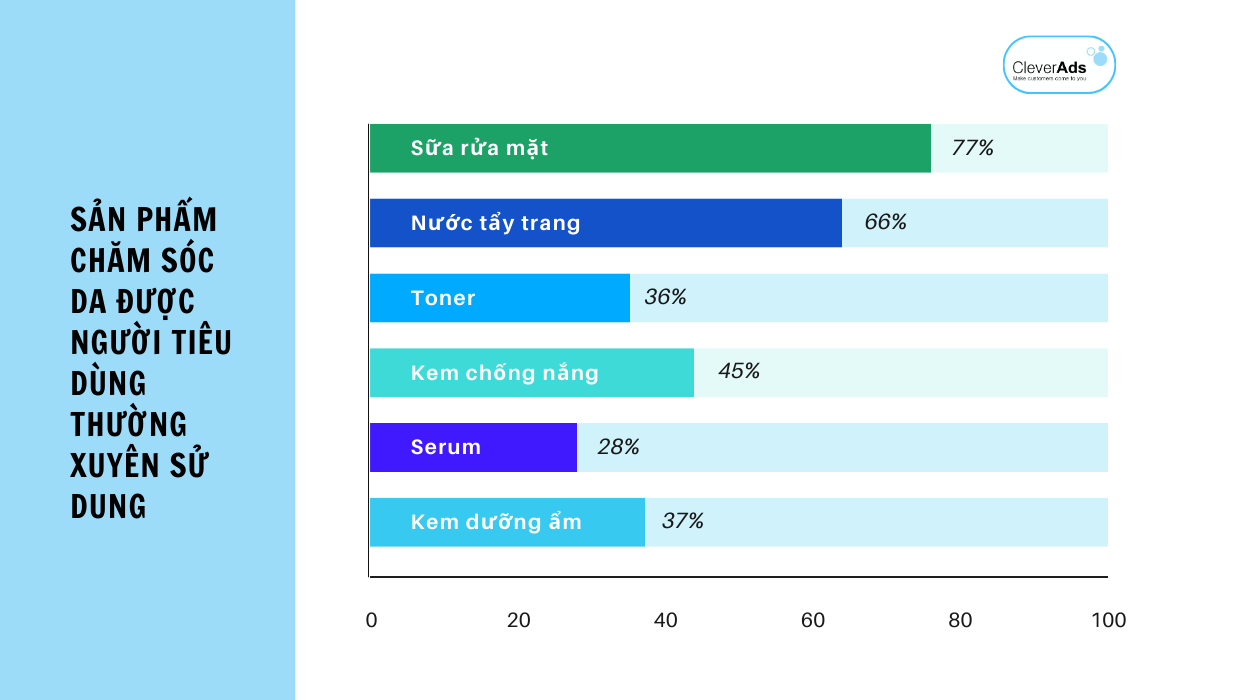China Seeks Domestic Alternatives To US Pharmaceuticals

Table of Contents
Government Initiatives Driving Domestic Pharmaceutical Production
The Chinese government has implemented a series of ambitious policies and initiatives to accelerate domestic pharmaceutical production. These efforts are multifaceted, encompassing substantial financial investment, streamlined regulatory processes, and strategic collaborations. The core aim is to cultivate a robust and self-sufficient pharmaceutical industry capable of meeting the nation's healthcare needs independently.
-
Pharmaceutical Subsidies and Investment Incentives: Significant government funding is channeled into research and development (R&D) in key therapeutic areas, including oncology, immunology, and infectious diseases. Tax breaks and other financial incentives are offered to domestic pharmaceutical companies, encouraging investment in new facilities and technologies. This financial support is a critical component of China's pharma strategy.
-
Streamlined Drug Approval Process: Regulations are being adjusted to expedite the drug approval process for domestically produced drugs while maintaining stringent quality control standards. This aims to bring innovative treatments to market more quickly, fostering competition and innovation within the China pharma industry.
-
Public-Private Partnerships: The government actively fosters partnerships between universities, research institutions, and private pharmaceutical companies, encouraging knowledge transfer and technological advancement. These collaborations leverage the strengths of both sectors to accelerate innovation and development.
Technological Advancements and Innovation in China's Pharma Sector
China's pharmaceutical sector is witnessing rapid technological advancements, particularly in the areas of biosimilars and generic drug manufacturing. This progress is fueled by substantial investments in biotechnology and pharmaceutical technology, alongside increasing collaborations with international partners.
-
Biosimilar Development: Chinese companies are making significant strides in developing biosimilars, offering cost-effective alternatives to expensive biologics. Successful biosimilar development programs are reducing reliance on imported biological medications.
-
Generic Drug Manufacturing: The growth of the Chinese generic drug market is enhancing access to affordable medications for a large population. This expansion improves affordability and accessibility while driving competition in the market.
-
Technological Investments: Chinese pharmaceutical companies are investing heavily in cutting-edge technologies, including AI-powered drug discovery and advanced manufacturing techniques. These investments are crucial for bridging the technological gap and enhancing competitiveness.
-
International Collaboration: Strategic partnerships with international pharmaceutical companies facilitate technology transfer and knowledge sharing, accelerating the development of domestically produced pharmaceuticals. This collaborative approach is fostering innovation and strengthening the Chinese pharma sector.
Challenges and Hurdles in Achieving Pharmaceutical Self-Sufficiency
Despite significant progress, China faces considerable challenges in its pursuit of pharmaceutical independence. These hurdles include intellectual property rights protection, regulatory hurdles, supply chain vulnerabilities, talent acquisition, and quality control issues.
-
Intellectual Property Protection: Securing intellectual property rights for innovative drugs remains a significant challenge. Robust protection mechanisms are essential for incentivizing innovation and attracting investment.
-
Regulatory Hurdles: Navigating the complex regulatory landscape for drug approval can be time-consuming and costly. Simplifying the process while maintaining high safety standards is crucial for accelerating drug development.
-
Supply Chain Issues: Building robust and reliable pharmaceutical supply chains is vital to ensuring the consistent availability of medications. Addressing potential vulnerabilities is essential for maintaining a stable domestic supply.
-
Talent Acquisition: Attracting and retaining skilled pharmaceutical professionals is crucial for driving innovation and ensuring high-quality production. Investing in education and training is essential to developing a strong talent pool.
-
Quality Control: Maintaining consistent high quality in domestic drug production is paramount for ensuring patient safety and building trust in domestically produced medications. Stringent quality control measures and regular audits are critical to achieving this goal.
The Impact on Global Pharmaceutical Markets
China's efforts to achieve pharmaceutical self-sufficiency will undoubtedly have significant implications for the global pharmaceutical market. Increased domestic production could lead to greater competition, potentially influencing drug prices and market share globally. The increased production of generics and biosimilars in China could also affect international trade patterns and the profitability of multinational pharmaceutical companies.
Conclusion
China's drive for domestic alternatives to US pharmaceuticals is a complex and multifaceted initiative driven by national security concerns and economic ambitions. While significant progress has been made through government support, technological advancements, and increased investment, challenges remain in areas like intellectual property protection, regulatory frameworks, and talent acquisition. The ultimate success of this initiative will not only significantly impact China's healthcare landscape but will also reshape the global pharmaceutical market dynamics. Further research and discussion are crucial to fully understanding the evolving complexities of China's pursuit of domestic alternatives to US pharmaceuticals and its far-reaching consequences.

Featured Posts
-
 Paul Skenes Pitches Well But Offense Struggles In Loss
Apr 30, 2025
Paul Skenes Pitches Well But Offense Struggles In Loss
Apr 30, 2025 -
 Thi Truong Tieu Hom Nay Gia Tang Trien Vong Tich Cuc Cho Nong Dan
Apr 30, 2025
Thi Truong Tieu Hom Nay Gia Tang Trien Vong Tich Cuc Cho Nong Dan
Apr 30, 2025 -
 2025 Nfl Draft Washington Commanders Big Board And Player Analysis
Apr 30, 2025
2025 Nfl Draft Washington Commanders Big Board And Player Analysis
Apr 30, 2025 -
 Angelina Jolie E Outras Estrelas Visitas Surpresas Ao Brasil
Apr 30, 2025
Angelina Jolie E Outras Estrelas Visitas Surpresas Ao Brasil
Apr 30, 2025 -
 Is Age Just A Number The Role Of Mindset And Lifestyle In Healthy Aging
Apr 30, 2025
Is Age Just A Number The Role Of Mindset And Lifestyle In Healthy Aging
Apr 30, 2025
